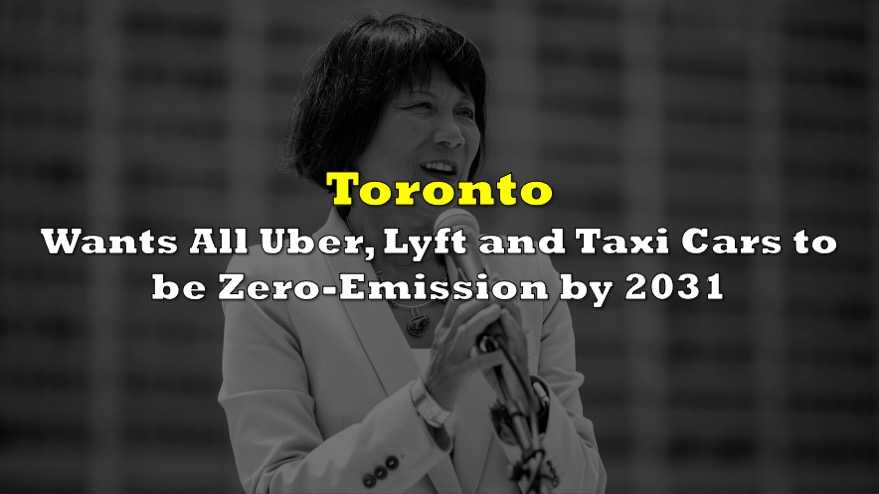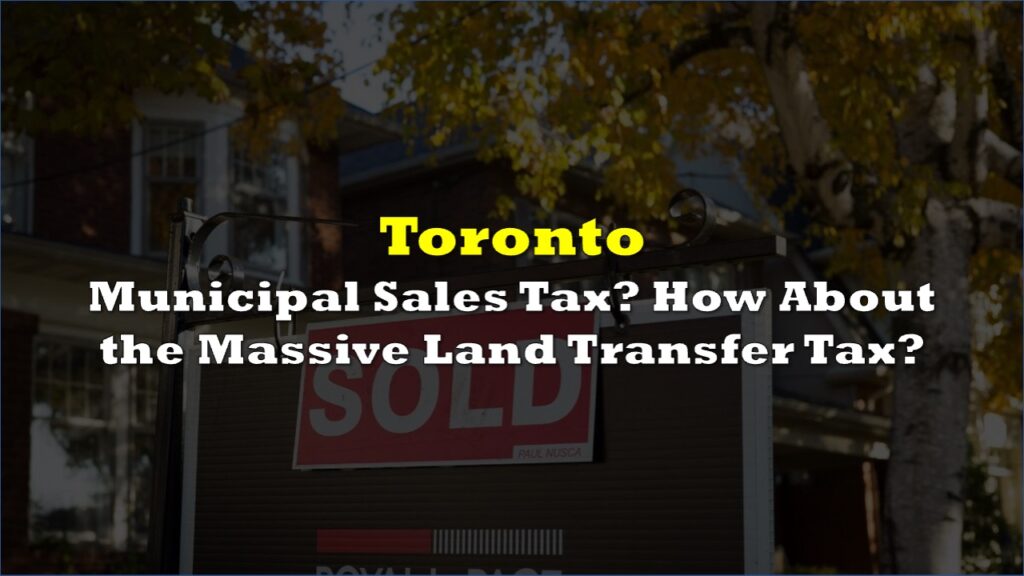If Toronto’s City Hall has its way, your next Uber, Lyft, or taxi in 2031 might just be a silent, zero-emission ride.
The city’s Economic and Community Development Committee is set to discuss this significant pivot toward sustainability, after which they’ll decide if it should be tabled as a motion for the city council’s upcoming meeting. However, the proposed change isn’t without exceptions. According to the report, vehicles like stretch-limousines and accessible vehicles would have a reprieve until it’s confirmed that adequate zero-emission models can be retrofitted for their needs. Moreover, plug-in hybrids won’t face these restrictions until 2033.
To sweeten the deal, the report also proposes a city-funded grant that to help cover the costs of embracing zero-emission vehicles for the vehicles-for-hire companies, including limousines. Sounds great, right? Well, perhaps, except for that one minor inconvenience of Toronto literally facing an unprecedented $46.5 billion in operating and capital pressure after years of underfunding by councils, leaving even the city’s public transit system with a budget shortfall of $125 million.
The City of Toronto goes to the feds and province cap in hand saying they are broke but they have plenty of money to waste on stupid ads like this @oliviachow pic.twitter.com/TXKgnjrreA
— Frank Gent (@FrankGent3) September 20, 2023
Indeed, it’t not such a straightforward move. Kristine Hubbard, from Beck Taxi, raised concerns over Infrastructure, or the glaring lack of it.. According to her, the city lacks the infrastructure to support a fleet of electric vehicles, notably charging stations. She emphasized that while homeowners might have the luxury of personal charging stations, the same isn’t true for many Uber and taxi drivers. Thus, in order for the transition to be effective, she believes the city needs to first bolster its charging infrastructure.
Interestingly, Uber and Lyft, the transportation behemoths, have already pledged to evolve into net-zero platforms by 2030. Lyft welcomed the move and expressed enthusiasm about partnering with Toronto on this green initiative, emphasizing the role of incentives and charging infrastructure. Uber shares similar aspirations, aiming to become a zero-emissions platform in the US, Canada, and Europe by 2030, and globally by 2040.
However, Hubbard underlined a vital distinction between traditional taxis and these modern ride-sharing platforms. “The rules are completely different, insurance requirements are completely different. Operating a taxi is miles ahead in terms of cost compared to an Uber or Lyft driver,” she told Bloomberg. Her apprehension is that if the city keeps raising the operating costs for taxis, soon there might be none left. Perhaps that’s one way for Toronto to ease its deficit sinkhole.
Information for this story was found via Bloomberg and the sources mentioned. The author has no securities or affiliations related to the organizations discussed. Not a recommendation to buy or sell. Always do additional research and consult a professional before purchasing a security. The author holds no licenses.









